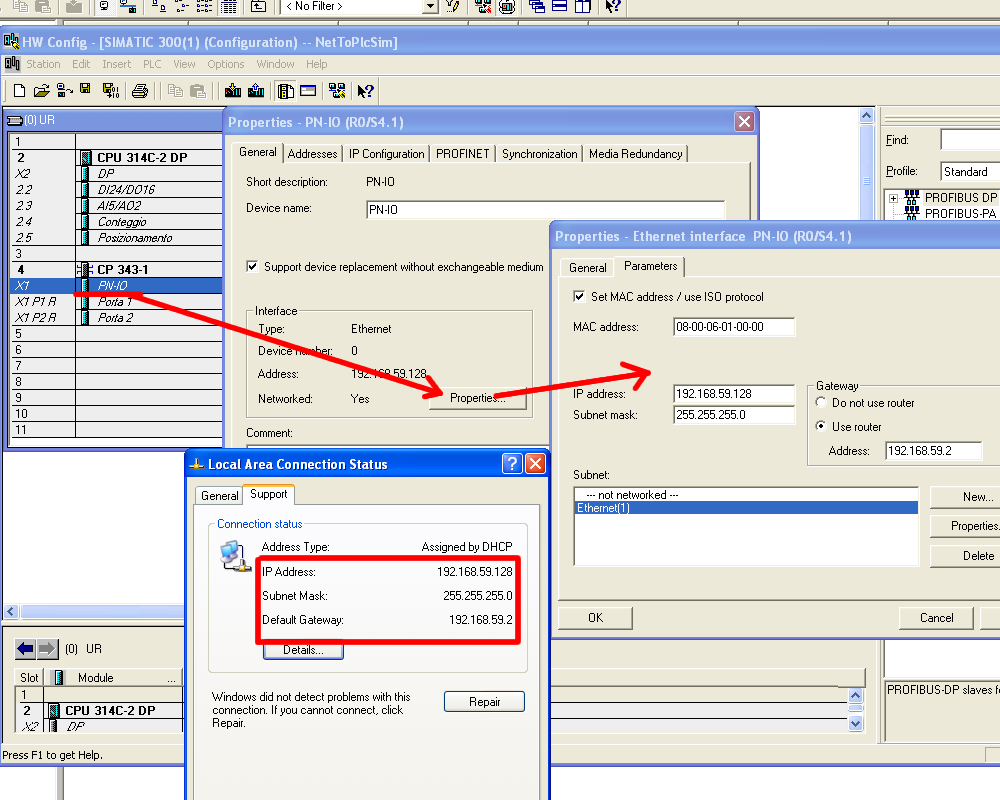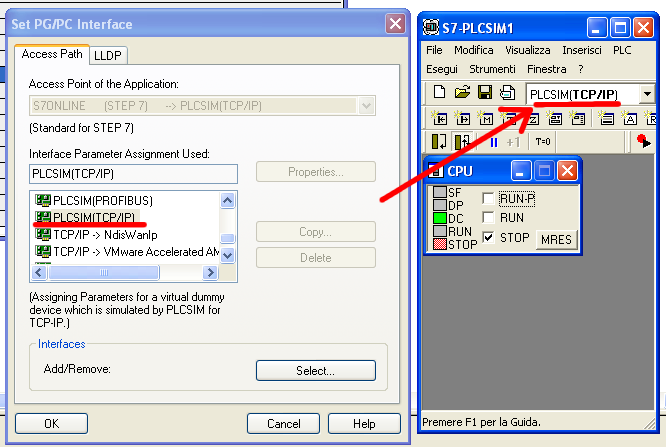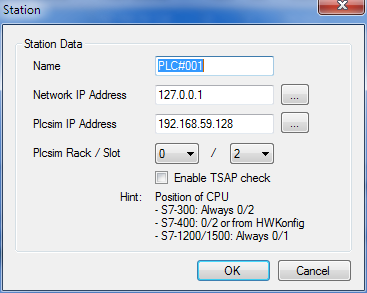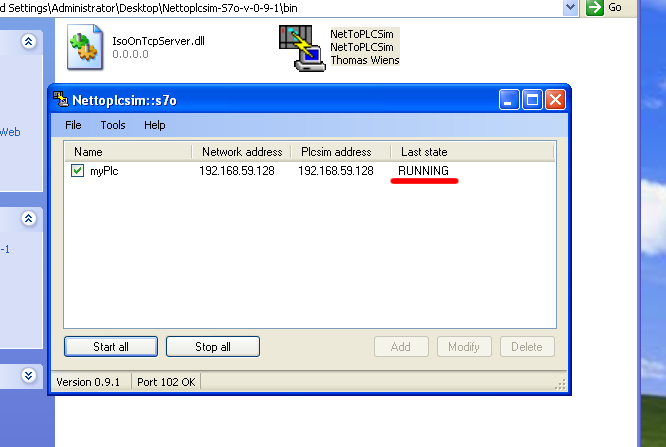Make empty Grid/Border clickable on WPF
If you set Background="Transparent" for the grid/border it will resolve the issue.
References
https://www.noesisengine.com/forums/viewtopic.php?t=931
If you set Background="Transparent" for the grid/border it will resolve the issue.
References
https://www.noesisengine.com/forums/viewtopic.php?t=931
<StackPanel FocusManager.FocusedElement="{Binding ElementName=Box}">
<TextBox Name="Box" />
</StackPanel>
References
https://stackoverflow.com/questions/1345391/set-focus-on-textbox-in-wpf
import cv2
image = cv2.imread("sample.jpg")
color = int(image[300, 300])
# if image type is b g r, then b g r value will be displayed.
# if image is gray then color intensity will be displayed.
print color
output: [ 73 89 102]
Refernces
https://stackoverflow.com/questions/12187354/get-rgb-value-opencv-python
S7Client client = new S7Client();
int result = client.ConnectTo("192.168.0.3", 0, 2);
if (result != 0)
{
Console.WriteLine(client.ErrorText(result));
}
else
{
byte[] dbBuffer = new byte[12];
result = client.DBRead(1, 0, 12, dbBuffer);
var var1 = S7.GetIntAt(dbBuffer, 0);
var var2 = S7.GetRealAt(dbBuffer, 2);
var var4 = S7.GetDWordAt(dbBuffer, 8);
Console.WriteLine(var1);
Console.WriteLine(var2);
Console.WriteLine(var4);
}
References
https://github.com/fbarresi/Sharp7/wiki
https://github.com/S7NetPlus/s7netplus/wiki
http://gmiru.com/article/s7comm/
https://wiki.wireshark.org/S7comm
https://plc4x.incubator.apache.org/protocols/s7/index.html





You should use Nettoplcsim in this way
References
https://www.mesta-automation.com/nettoplcsim-how-to-connect-step-7-plc-sim-to-scadas/
http://nettoplcsim.sourceforge.net/
https://sourceforge.net/p/nettoplcsim/discussion/912717/thread/777cf7c4/?limit=25
Creating Generic HostBuilder
Nuget :
PM> Install-Package Microsoft.Extensions.Hosting -Version 3.1.2
The HostBuilder class is available from the following namespace,
using Microsoft.Extensions.Hosting;
Initialize the Host
Within Constructor of App class(file: App.xaml.cs) please add below code to build Host,
host = new HostBuilder()
.ConfigureServices((hostContext, services) =>
{
}).Build();
DI Container
host = new HostBuilder()
.ConfigureServices((hostContext, services) =>
{
//Add business services as needed
services.AddScoped<IEmployeeViewModel, EmployeeViewModel>();
//Lets Create single tone instance of Master windows
services.AddSingleton<EmployeeWindow>();
}).Build();
Setting up OnStartup and OnExit Application events
private void OnStartup(object sender, StartupEventArgs e)
{
var mainWindow = host.Services.GetService<EmployeeWindow>();
mainWindow.Show();
}
protected override async void OnExit(ExitEventArgs e)
{
using (host)
{
await host.StopAsync();
}
base.OnExit(e);
}
App.XAML file used as below,
<Application x:Class="WPFDesktopApp.App"
xmlns="http://schemas.microsoft.com/winfx/2006/xaml/presentation"
xmlns:x="http://schemas.microsoft.com/winfx/2006/xaml"
Startup="OnStartup">
<Application.Resources>
</Application.Resources>
</Application>
References
https://www.thecodebuzz.com/dependency-injection-wpf-generic-hostbuilder-net-core/
https://laurentkempe.com/2019/09/03/WPF-and-dotnet-Generic-Host-with-dotnet-Core-3-0/
apt-get install --only-upgrade <packagename>
References
https://askubuntu.com/questions/44122/how-to-upgrade-a-single-package-using-apt-get
SMBv1 (client and server)
Detect:
Get-WindowsOptionalFeature -Online -FeatureName smb1protocol
Disable:
Disable-WindowsOptionalFeature -Online -FeatureName smb1protocol
Enable:
Enable-WindowsOptionalFeature -Online -FeatureName smb1protocol